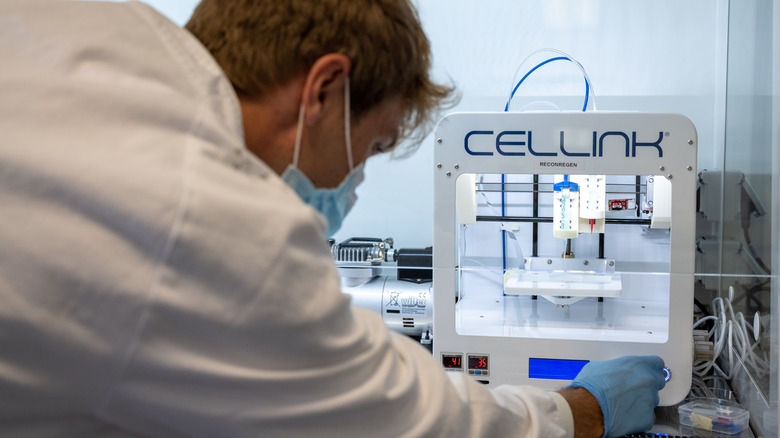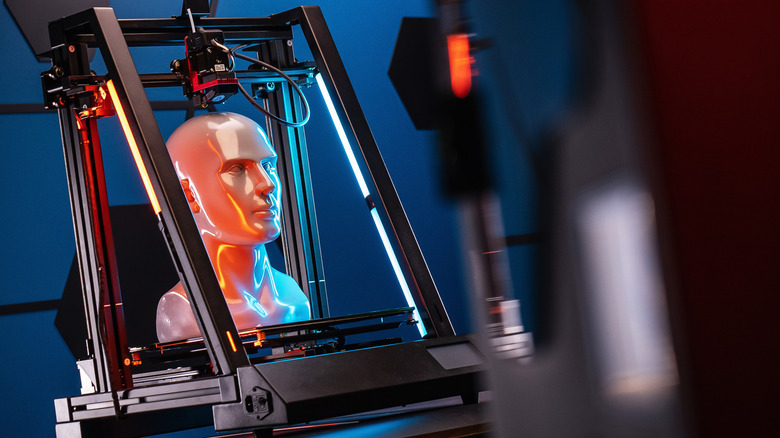Your Next Organ Could Be 3D Printed
Every 9 minutes, a new person is added to the organ transplant waiting list in the U.S., according to the Health Resources & Services Administration. There are over 100,000 people on that list, and the statistics reveal that 17 people waiting for an organ die without getting one every single day. It's obvious that solutions must be developed for those in need of organ transplants, and some scientists are getting closer to creating a workable one using nanotechnology. This method will use 3D printers to create organs out of living tissue that can be transplanted into the patients who need them.
Known as bioprinting, this technology is getting closer to becoming an actual option for those waiting for an organ transplant. Previously, scientists were unable to create tissue thick enough to be viable for an organ. However, relatively new developments at the Wyss Institute at Harvard have led to a bioprinting method capable of creating thicker tissue that contains living human cells. These have been demonstrated to function for six weeks at a time, and further development could lead to the world's first long-term functional 3D printed organ.
How 3D organs are printed
Bioprinting has become a promising endeavor; it demonstrated its usefulness for prosthetics when scientists successfully utilized bioprinting to create a transplantable human ear. In the same way, the technology is being developed to print organs that will hopefully one day be a real solution for organ transplants.
Printing living tissue starts digitally. Files are sent to a bioprinter that uses them as guidelines for printing. The materials bioprinters use are cells and biomaterials, in part replicating the cells of the patient who will be using the organ. These materials, known as bioink, are loaded into the printer which then follows the digital instructions for the printing of the initial structure. After the structure is printed, it needs to be crosslinked and cultivated. According to Cellink, bioprinted structures are treated with either ionic solution or UV light to crosslink them and are then placed in an incubator in order for them to be cultivated.
When will 3D printed organs be avilable?
It's hard to say how long it will be until 3D-printed organs can be used with patients awaiting transplants, but the future looks promising. Using what it dubbed the SWIFT method (Sacrificial Writing Into Functional Tissue), the Wyss Institute made a huge jump forward in bioprinting, creating larger, vascularized tissue. This has only been demonstrated to work at smaller scales, though, for short periods of time, so more innovation needs to take place before the end goal of fully functional organs is in sight.
Back in 2020, the American Society for Mechanical Engineers reported that research on 3D-printed and electrospun organs taking place at the Wake Forest Institute for Regenerative Medicine may have been only a couple of years away from shuttling some of the organs into the clinical testing phase. Cellink notes that we're still a long way off from transplantable 3D-printed organs, though. Despite that, it looks likely that one day, waiting months or years for an organ transplant from a donor will become a thing of the past. As bioprinting technology advances, this becomes more of a reality.


